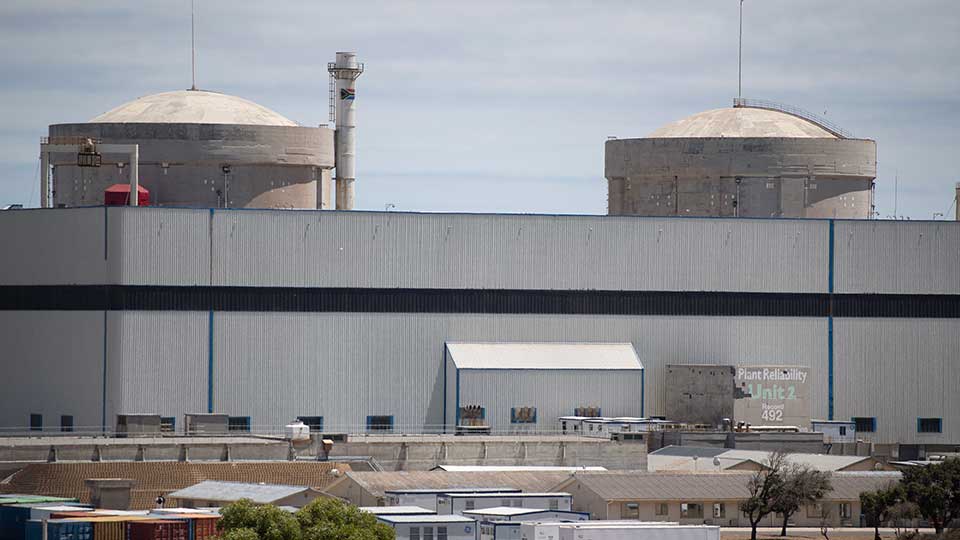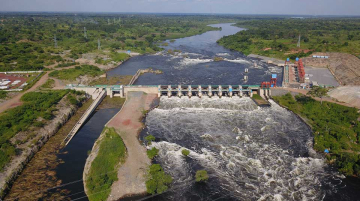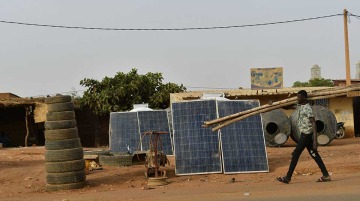
By Innocent Batsani-Ncube
China is strategically positioning itself to exert significant influence over Africa’s nuclear energy sector in the coming decades. Presently, Russia and France dominate this emerging industry, with the United States playing a lesser role; however, China’s calculated initiatives suggest an ambition to ultimately take the lead.
The IAEA forecasts a 58% increase in nuclear energy adoption across Africa by 2030, with a tenfold expansion by 2050. This surge addresses a pressing need: 600 million Africans—two-thirds of the world’s population without grid access—require reliable power. Nuclear energy, offering low-carbon emissions and scalability superior to renewables, also aligns with net-zero goals.
Africa’s nuclear prospects are concentrated in six nations — Egypt, Ghana, Kenya, Morocco, Nigeria, and South Africa — all members of the International Atomic Energy Agency’s (IAEA) Regulatory Cooperation Framework. Currently, South Africa hosts Africa’s sole operational nuclear facility, constructed by France in the 1980s and now under refurbishment. Egypt’s 4.8 GW El Dabaa plant, initiated by Russia in 2022, marks the continent’s next milestone.
Against this backdrop, China has engaged four of these states, employing a multifaceted approach to secure its foothold. Three key strategies are underpinning China’s efforts.
Strategy One: Leveraging FOCAC
In September 2024, China utilized the Forum on China-Africa Cooperation (FOCAC) to unveil the China-Africa Forum on Peaceful Use of Nuclear Technology within its Beijing Action Plan (2025-2027). This initiative, embedded among broader commitments, lends legitimacy to China’s nuclear aspirations. With 53 of 54 African nations attending FOCAC — 51 represented by heads of state — the platform’s prestige enhances China’s ability to garner continent-wide support for its nuclear agenda.
Strategy Two: Bilateral Agreements
China has systematically pursued nuclear cooperation with key African states. Four of the six IAEA RCF African nations have entered agreements: Nigeria signed a 2024 memorandum with the China National Nuclear Corporation (CNNC) for plants operational by the 2030s; Ghana concluded a 2024 deal with CNNC for a Hualong One reactor; South Africa’s 2014 CNNC memorandum continues to evolve; and Kenya’s 2015 CNNC agreement targets a 1,000 MW plant by 2034. These accords reflect China’s focus on nations poised for nuclear expansion.
Strategy Three: Technical and Financial Superiority
China’s domestic nuclear capacity—55 reactors generating 53 GW, with ambitions of 400 GW by 2060—underscores its technical expertise. The Hualong One reactor, priced at approximately $3,000/kW, offers a cost-competitive edge over offerings from Russia’s Rosatom or France’s EDF. Bolstered by state-supported financing via the Belt and Road Initiative, China surpasses the United States’ private-sector constraints, enhancing its market appeal.
Current trajectories strongly indicate China’s potential to shape Africa’s nuclear landscape. Its blend of diplomatic engagement, strategic partnerships, and technical proficiency aligns with the continent’s energy demands and the IAEA’s sustainability objectives.
Nevertheless, dominance is not assured; Russia and the United States could counter if they intensify efforts, and African nations may seek diversification to mitigate dependency. For now, China’s deliberate strategy positions it as a formidable contender in this critical sector.
Innocent Batsani-Ncube, author of China and African Parliaments, is a lecturer in African Politics at Queen Mary University of London and and associate at LSE IDEAS China Foresight










